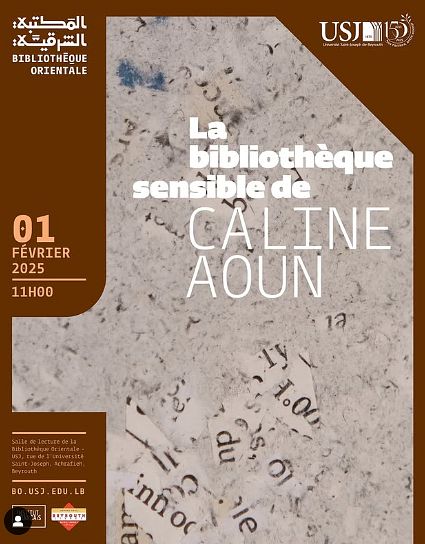Arabeske - RAYYANE TABET
ArtDu 09/09/2021 à 00:00 jusqu'au 30/10/2021 à 00:00
In his latest show opening at Galerie Sfeir-Semler in Hamburg, Lebanese artist Rayyane Tabet tackles themes of cultural appropriation and original context through the lens of the arabesque, a stylized ornamental pattern found in all genres of art. The word itself originally meant “in the Arabic style” in Italian. Today, it still indicates an ornamental design consisting of intertwined flowing lines but interestingly, does not exist in the Arabic language.
Language is shaped by values, cultures and societies to express subjective points of view. Over centuries languages have changed, and words have been developed to name anything new or foreign: the term Arabesque was therefore a purely European concept, coined to describe designs thought to have been encountered throughout the Arab world. Although these designs were at the core of artistic expression -in a region where figurative representation was prohibited- they were henceforth largely perceived as patterned crafts.
The exhibition opens with Découpages, a frieze of 114 cut-out sheets from an original 19th century manuscript by Jules Bourgoin (1838-1908). The French scholar traveled through Egypt to study architectural ornaments and produced precise documentation drawings. His elaborate research was compiled in books such as Les Arts Arabes or Les Eléments de l'Art Arabe,two works that set the standards for what was considered « Arab Art » in Europe. Tabet cuts-out and recomposes individual pages from these publications, in an attempt to find different possible geometries hidden within the document.
Arabesques are usually used in repeating patterns and can be infinitely multiplied in order to cover a surface. In Assemblage -as in several works in the show- Tabet follows the repetition logic by stacking twenty original redwood corbels salvaged from Julia Morgan’s Saint John’s Presbyterian Church in Berkeley. Morgan (1872–1957), who was a student of Bourgoin, was the first female architecture student at the École des Beaux-Arts in Paris and went on to become a prolific representative of the Arts and Crafts movement taking the idea of the arabesque from Europe to North America.
Through these conceptual exercises, Tabet creates structures in which ornamental motifs reclaim some of their original purpose isolated from subjective interpretations, like in Rosettes, an installation made out of plaster and plastic ceiling medallion that are assembled on the floor into a reclining light fixture.
Completing the presentation on the ground floor are score sheets on music stands of Deux Arabesque by Claude Debussy (1862-1918), a composition that interpreted the arabesque motif into musical form. On each of the sheets, the artist has drawn one letter from the word Orientalism. The ink covers notes, creating voids and deconstructing the melody. The distorted composition is played back by a digital processor, revealing the blind spots of the initial European interpretation of the form.
The ground floor installation is mirrored in Moulages, where fragments of clay mouldings commonly used in interior decoration are composed into a mural that read like the score of the sound piece playing in the same room.
Rayyane Tabet's exhibition Arabeske combines complex thoughts, historical facts, coincidental encounters and emotions. While reframing basic shapes and lines from their individual context, he maps out the migration of ideas across time and space that culminates in questions of heritage, appropriation, subjectivity and perception.
Opening hours:
Monday to Friday 11 am - 6 pm
Saturday 11 am - 4 pm
ÉVÉNEMENTS SIMILAIRES







